The Berlin experience would not be complete without a bicycle, as there are bike lanes literally everywhere, in addition to more bike trails criss-crossing the city than you could shake a stick at. And they are also well used, as Berliners have adopted an avid bicycle culture, including trailers and cargo bikes to transport babies and children. Consequently, there are heaps of bike shops all around Berlin, but instead of buying a bike, I was hoping to build one for myself... like I built my Zorra Roja at Recyclistas. As it turns out, that's exactly what ended up happening. Well, sort of...

Two Bikes Who Haven't Gotten Much Love
When I moved into the house in Buchholz, where I'm going to be staying, my landlord told me about two bikes that were left by some of his previous tenants. They had been left standing in the rain for who knows how long, but if I could get them running I'd be welcome to have them. Perfect! Now all I needed was a bike shop that would let me do my own work. That was actually the tricky part, since most of them are happy to take bikes in, and charge me €12 for adjusting the brakes, not including parts, all of which would be new of course... This was certainly not the way I was going to go. But then a friend told me about the Regenbogenfabrik.
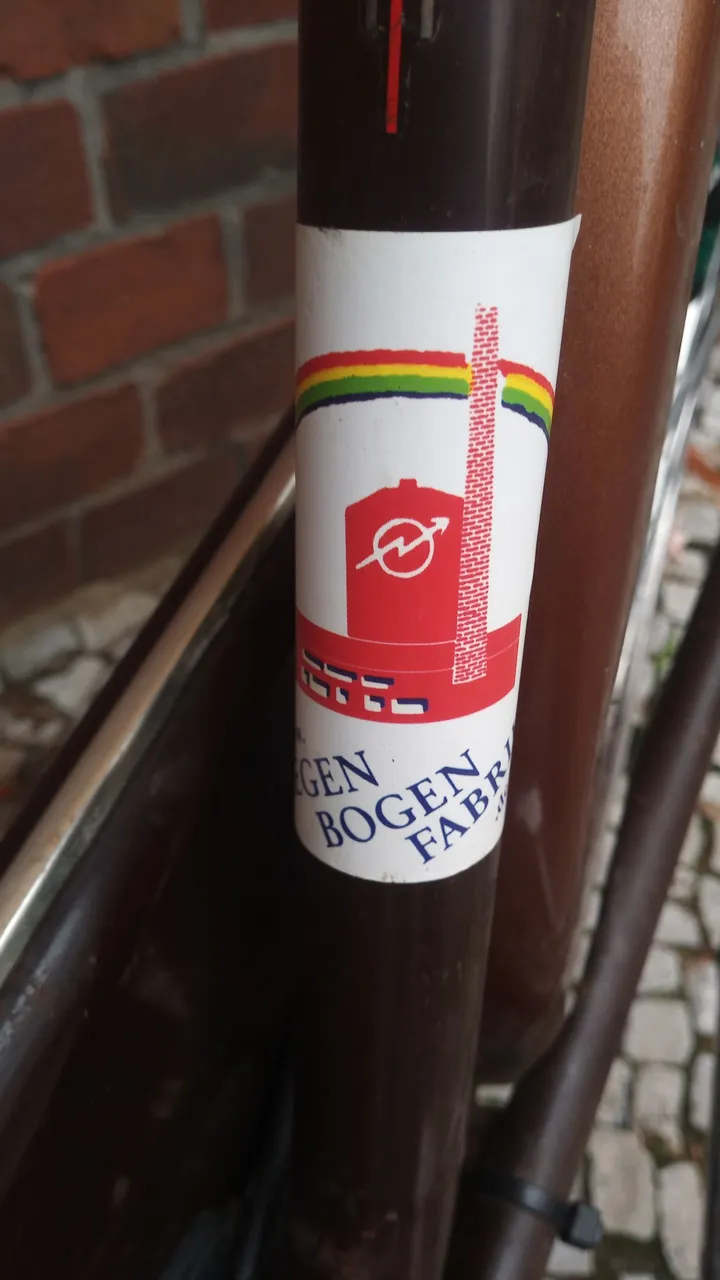
From Successful Squat to DIY Bike Shop
The Regenbogenfabrik, or rainbow factory, started out as a squat in 1981, becoming a center of various forms of community centered activities and activism. By the time Germany was unified, it had already established itself in the heart of the Kreuzberg community, but thanks to German bureaucracy, it took until 2011 to become fully legalized. Today it has a café, a hostel, a kitchen, a kindergarten, numerous spaces for various things, a co-operative hub, a community wood shop, and the aforementioned bike shop, where you can learn to fix your own bike, use the tools, and have competent mechanics help you with words of advice.
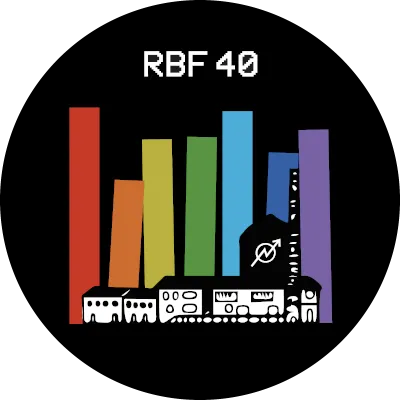
The Little Red Ride-it-in-the-Hood
I started out with the bike that seemed most easy to fix: some sort of hybrid probably from the 90's. First it looked like all it needed was a good clean-up, and maybe a few adjustments. After working on it for two days, however, I realized that it was in a worse condition than I'd assumed. The reason I couldn't get the brakes adjusted was that the sidewalls had become concave from too much use. Replacing the rims would mean rebuilding the wheels completely, and since the whole drive-train also needed to be changed, plus all the cables and housing... I decided to look at the other bike instead. The Little Red one was rideable, still I wouldn't take it out of the neighborhood.
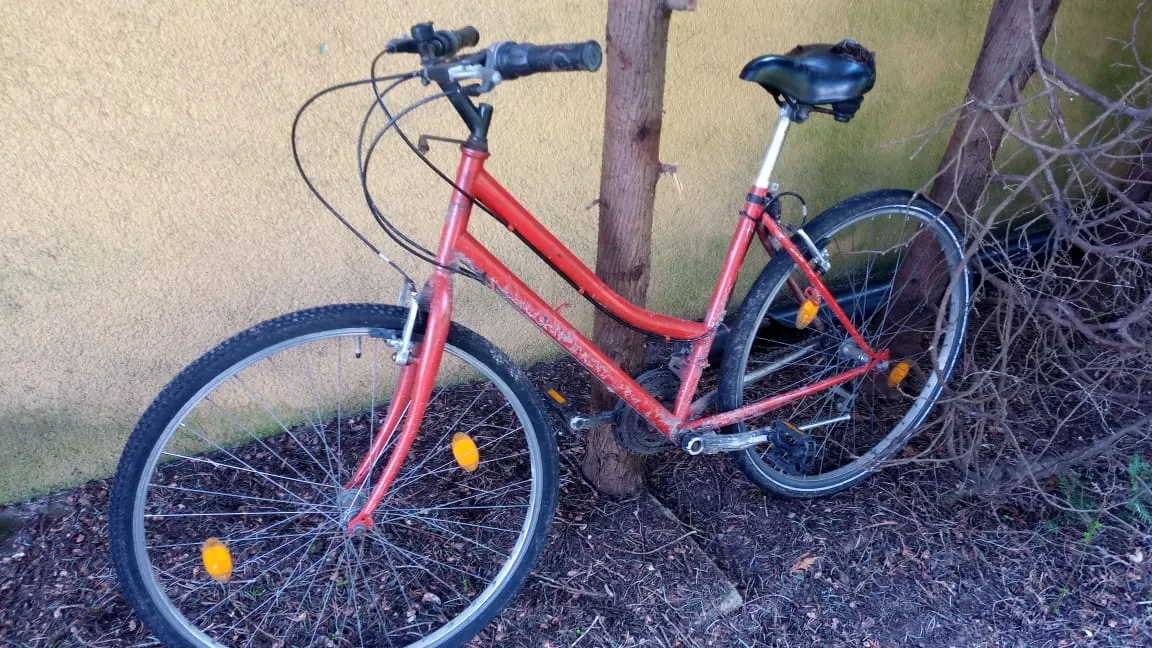
A Bike Straight From the School Book
Next up was the old brown Dutch bicycle, I guess from the 1970's, made by Sparta from Apeldoorn, (which by now has switched to e-bikes). I was immediately familiar with it, though I've never even ridden this type of bike, let alone owned one. But back in elementary school, when we learned about the parts of bicycle, this bike was pretty much exactly the one from the book (and totally unlike the bikes we had as kids, which was more similar to the red one). It had a backpedal brake and a three gear hub shift, an enormous headlight, operated by a generator, and the chain was completely covered in a box. The most curious feature was a spring on the frame attached to the fork, basically always pulling the front wheel back into straight position. Supposedly this is quite popular in the Netherlands, where people love to let go of their handlebars right away after steering around a curve.
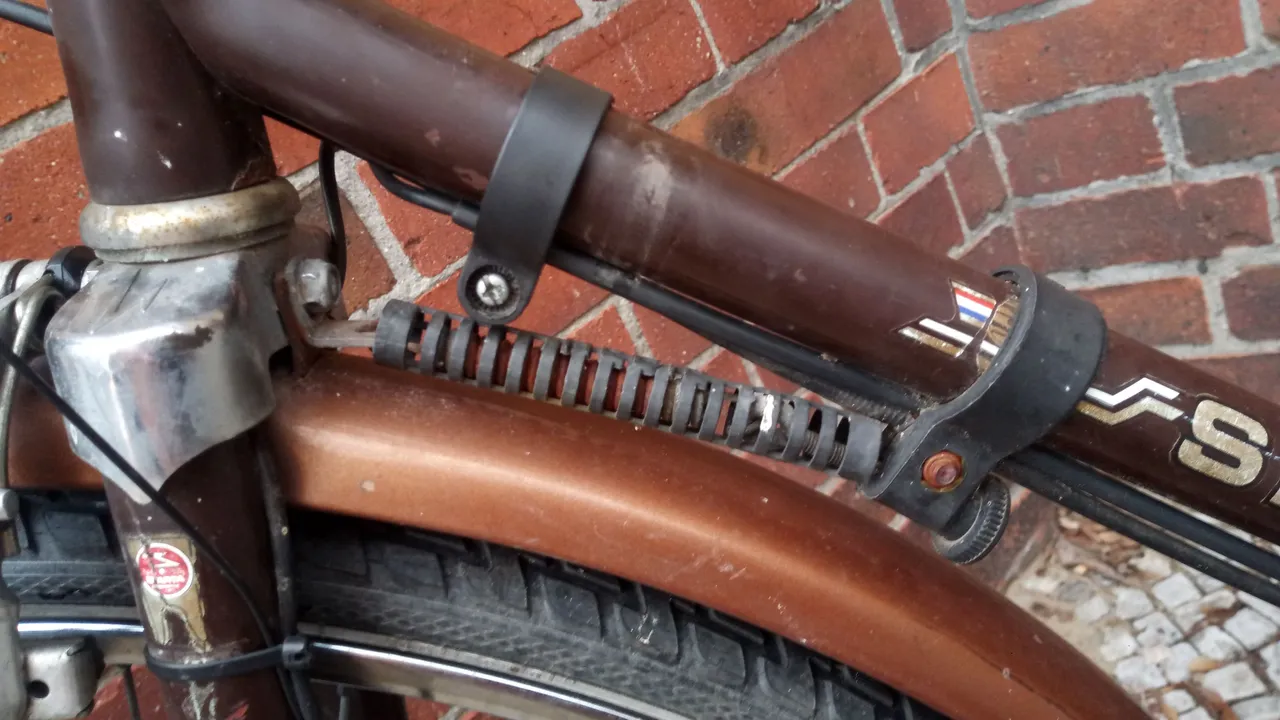
Developing a Personal Relationship With my Bike
Just like the red bike, this one had to be given a thorough cleaning. But first, I had to remove the chain box, which revealed an immense amount of mess. As I expected, it was doing a great job at keeping all the accumulated dirt on and around the chain, which itself was pretty used up, as a quick test revealed. So off it came, and I went on to clean the crank and the only sprocket on the back wheel. Once everything was shiny, a brand new chain came on, and I put the protective box back on. Hopefully I won't have to bother taking it off for a while... unless I get a flat!

The rest of the bike was in a surprisingly decent shape. The brake was well adjusted, with a good grip, and the wheels were also in okay condition. The only things that needed some work were the lights: the generator had to be loosened and oiled, and both lights needed new bulbs. Finally the taillight needed a bit of electrical work, closing the circuit by attaching a cable to the frame. That was it! I took it for a spin, and was quite satisfied. Now I have lights, so I can even ride it home after attending a party on the opposite end of the city!
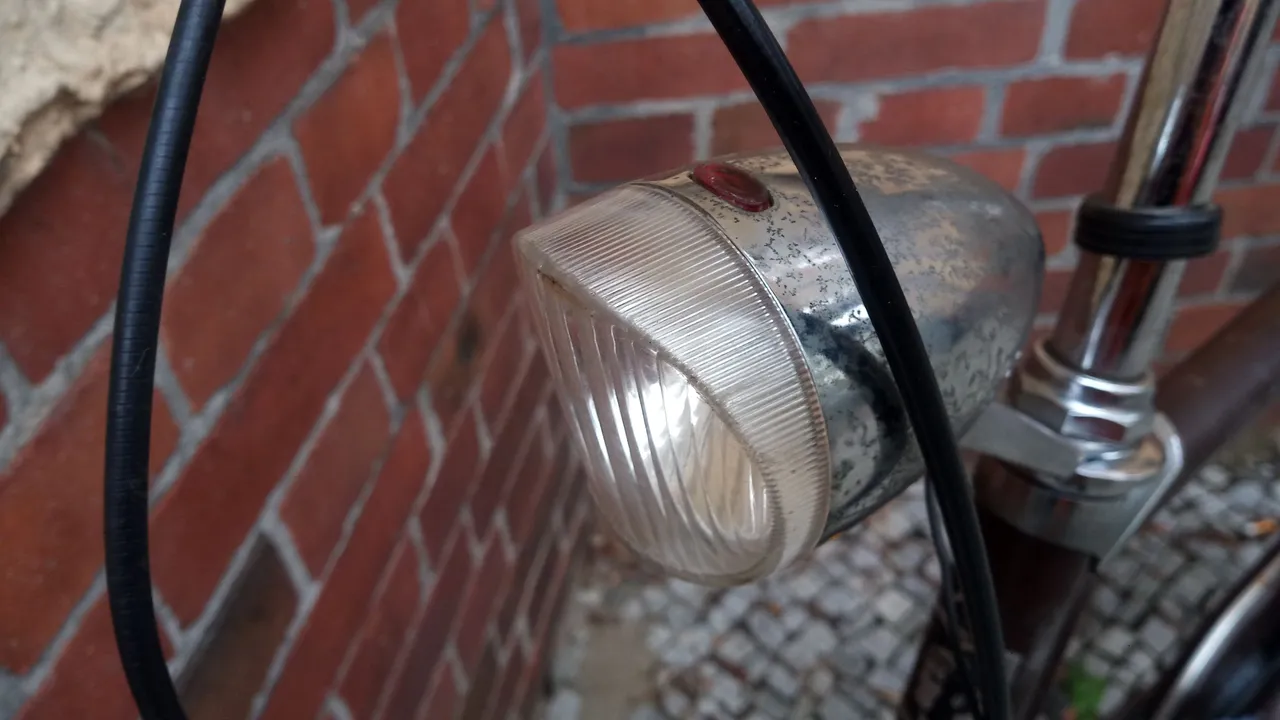
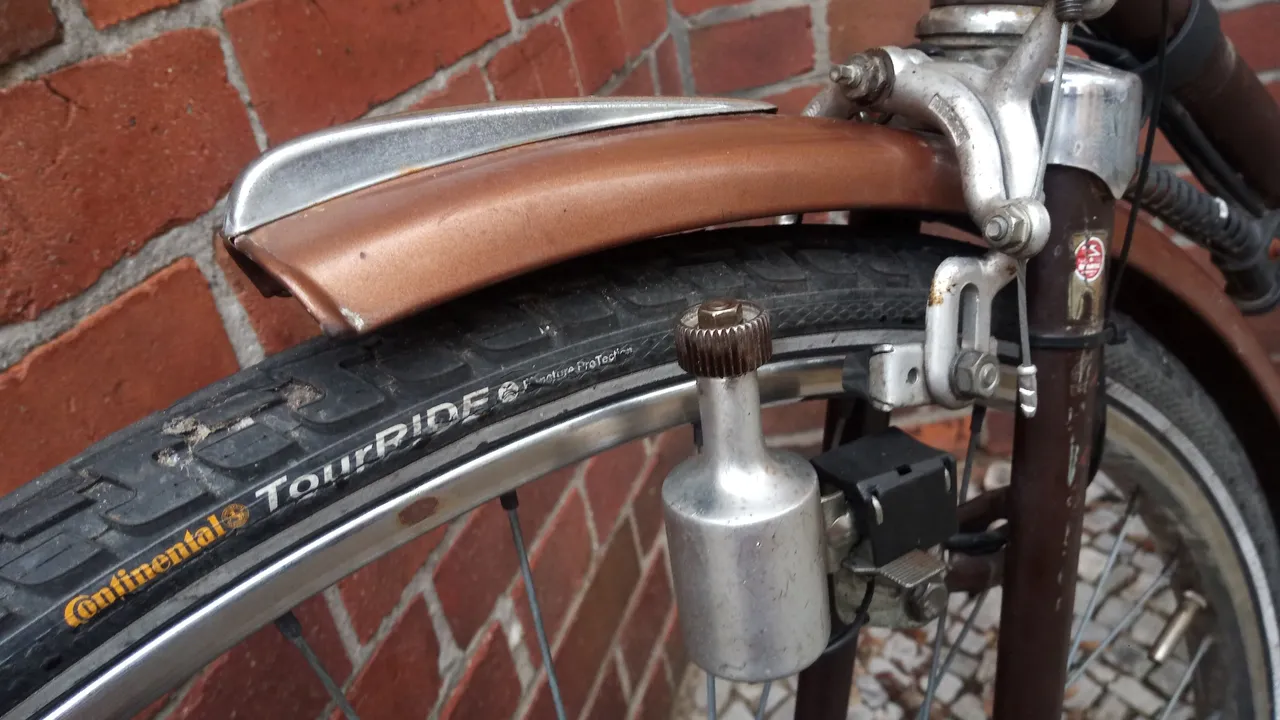
Picking the Perfect Name
Since the bike is such an old-school, school-book bike, I thought about naming it Schoolie. But since it is Dutch, it should be probably something like scholen, the Dutch word for school. Scholie? Of course, bringing to mind: Mein Lieber Scholli! a German expression of either strong approval or disapproval. Well, that settled it, and my bike got its new name: Scholly. May we cover lots of kilometers together. I'm certainly going to ride him (because Scholly's very masculine, I must add) all over Berlin, but maybe, hopefully, he gets to explore the cucumber trail with me, recommended by a good friend. In any case, I'm excited about my new set of wheels!
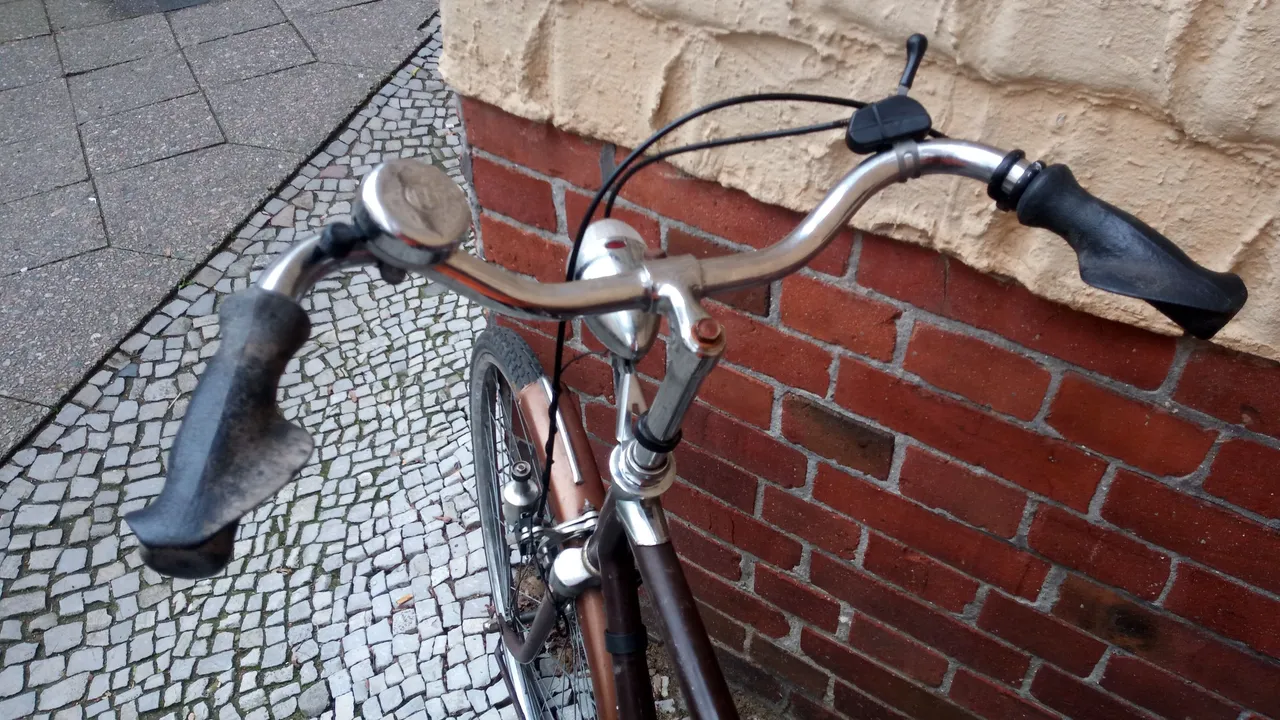
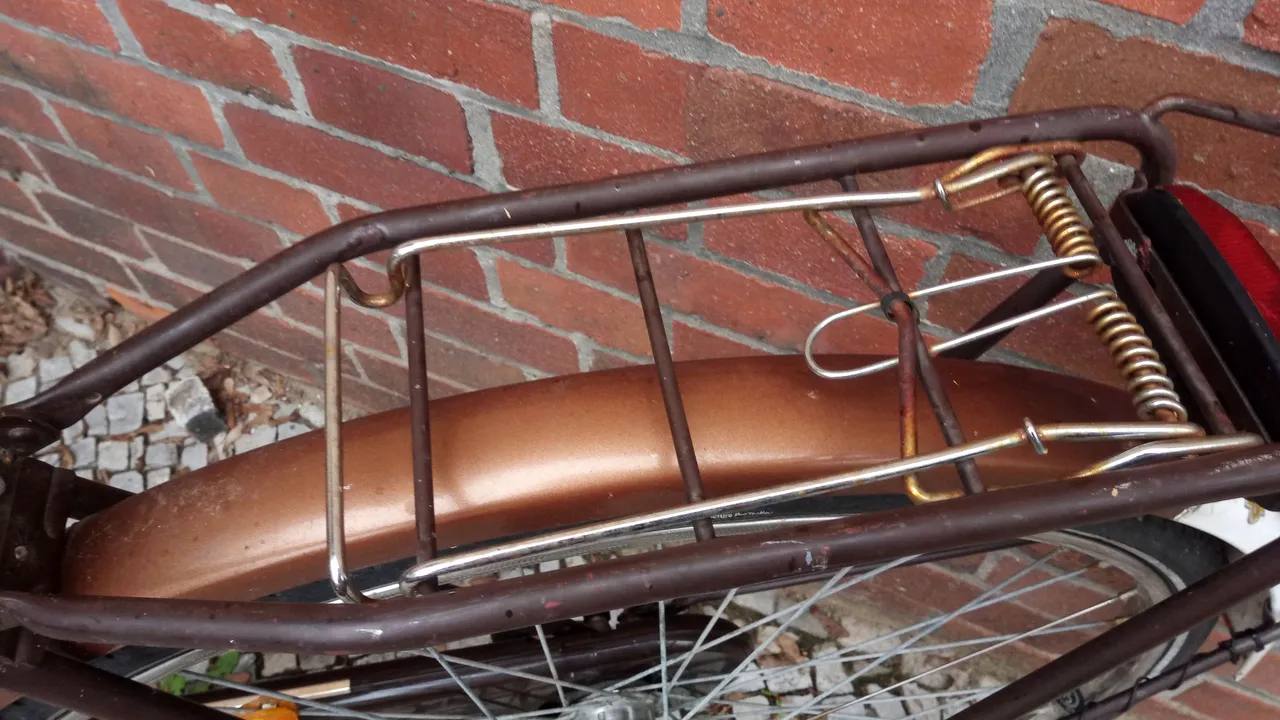
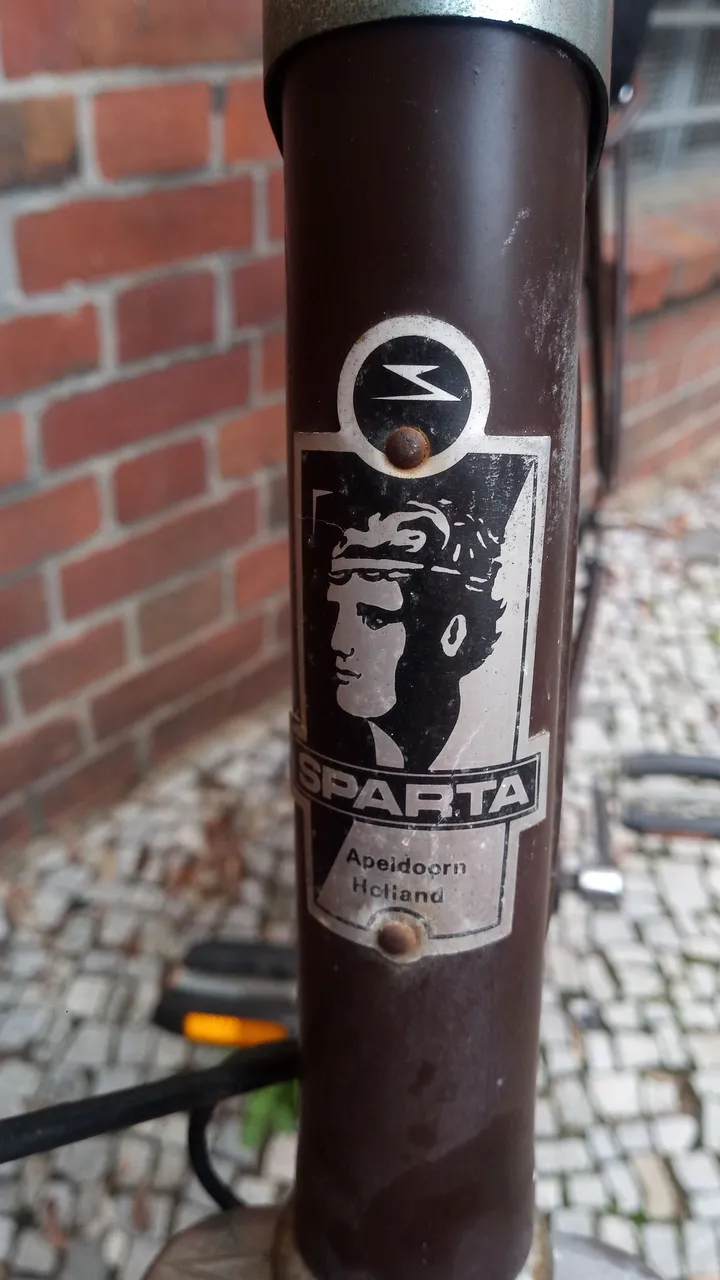
If you want to see more of my bike-related posts, please check out my series For the Love of Bicycles.